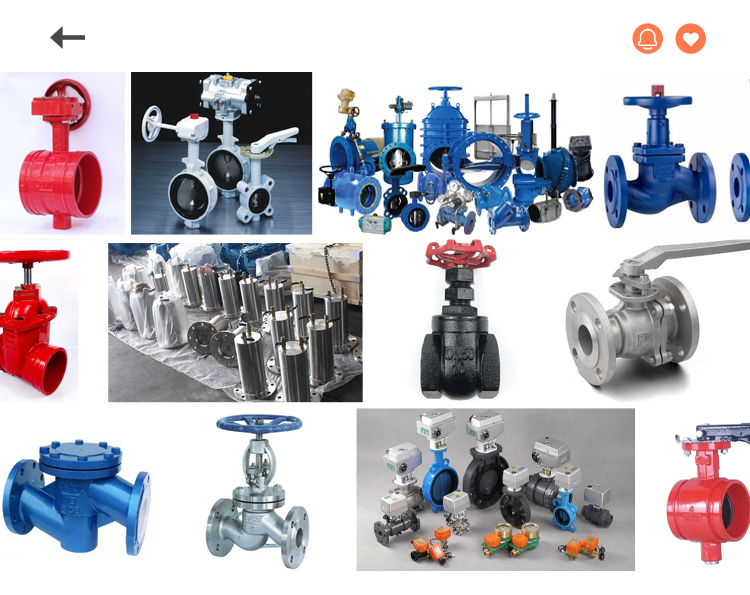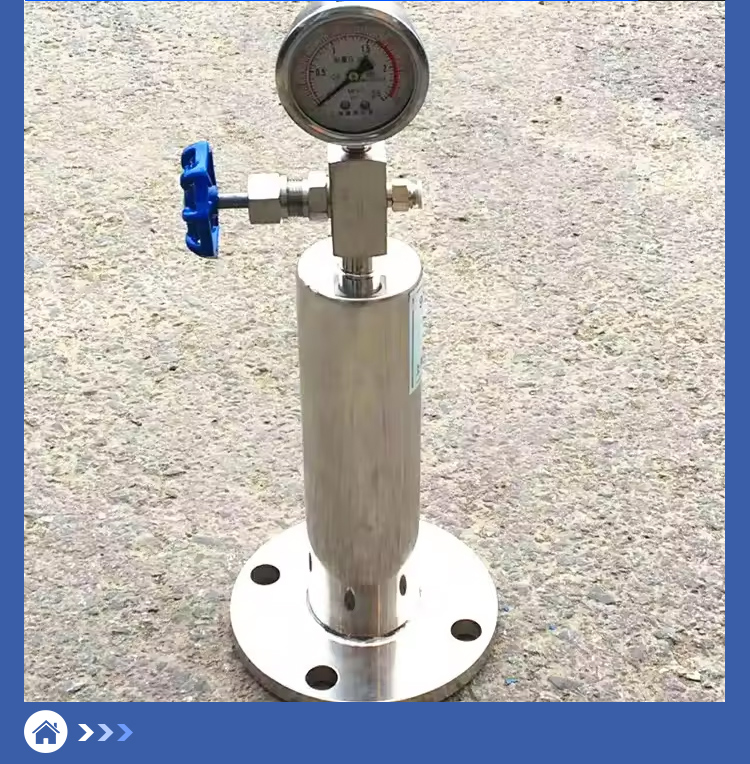Water hammer eliminator, also known as water hammer absorber, is mainly used to eliminate the shock wave caused by sudden changes in water flow in pipelines, namely the water hammer effect, and protect pipelines and equipment from damage. Water hammer is a pressure fluctuation in pipelines caused by rapid changes in water flow velocity, which can lead to damage to pipelines, valves, and other equipment. Water hammer eliminators reduce the impact of water hammer by absorbing or releasing energy, maintaining the stability and safety of pipeline systems.
principle
1. Spring principle: It contains a steel structure spring device inside, and liquid pressure waves cause compression or tension of the spring, thereby absorbing and dispersing the impact force of water hammer.
2. Principle of pressure balance: By setting branch pipes or discharge outlets on the pipeline, the liquid can be released through these branch pipes or discharge outlets when the valve is closed or the flow is stopped, avoiding pressure accumulation.
3. Buffer principle: Internally equipped with shock-absorbing cushion layer or buffering device with water storage function, these devices can absorb and alleviate the energy of shock waves.
In valve applications, flange water hammer eliminators are usually installed near the outlet pipeline of water pumps or in front of equipment that is prone to water hammer, such as check valve,single handle faucets, ball valve, and gate valve. They can be installed vertically, horizontally, or upside down. When installing, try to get as close as possible to the water hammer source and ensure that the water hammer wave can be transmitted to the eliminator unobstructed. The pressure gauge on the valve body displays the pressure in the valve chamber before installation and the pressure in the pipeline after installation. The chamber pressure should be maintained at 50% to 70% of the pipeline pressure to achieve optimal results.












